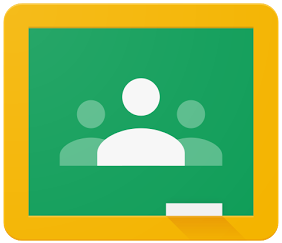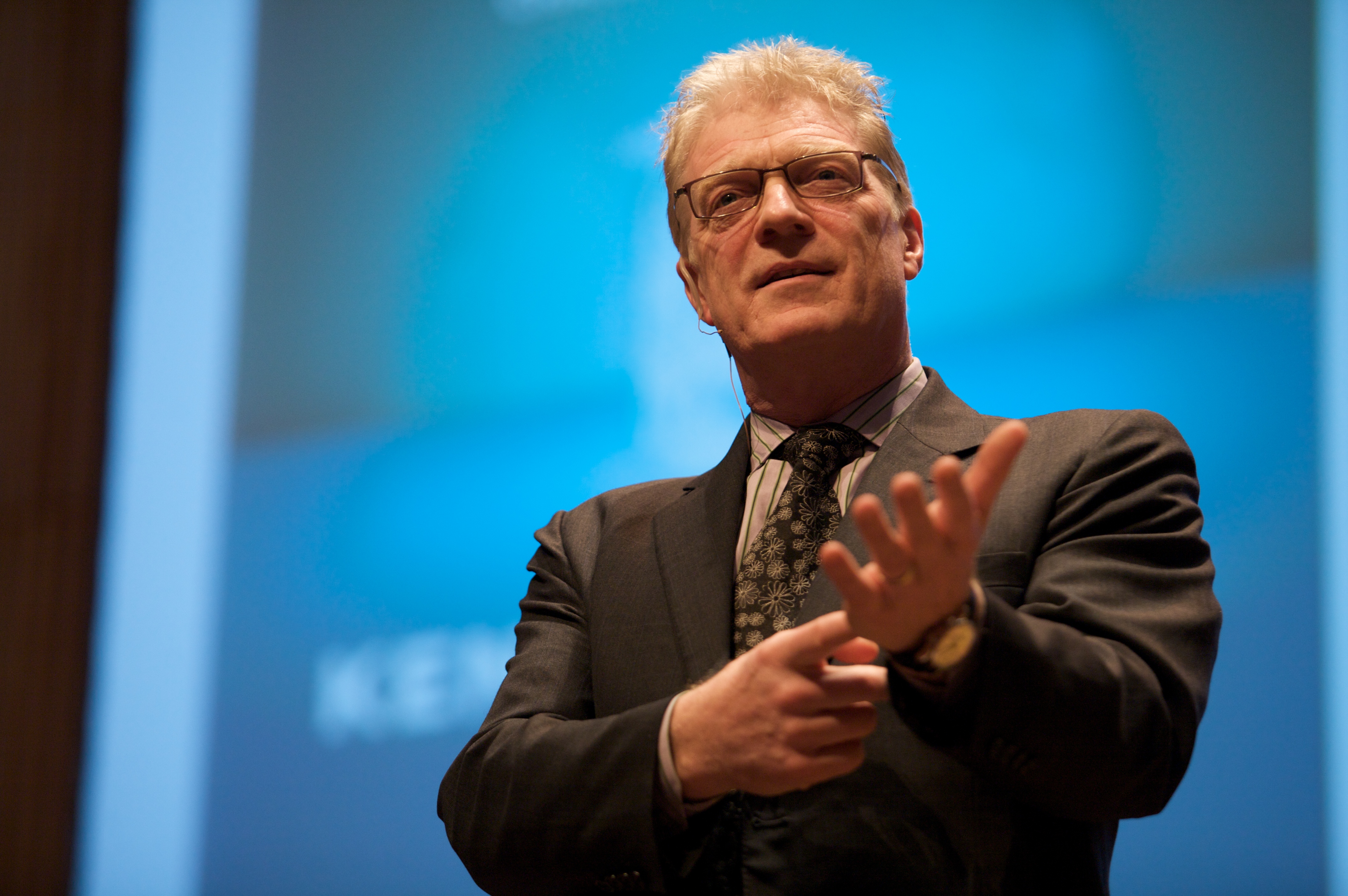I am the Library Media Specialist at my school. In the past, much
of my teaching involved demonstrating tools such as the EasyBib bibliography
generator or iConn.org for research. Lately, because we are in the process of
adopting Google Classroom in our system, I collaborate with teachers to
integrate technology into their lessons. The staff defers to me as the resident “expert,”
partly because I am the administrator on the school’s account, and partly
because I take the time to find out the answers to their questions.
In and out of the classroom, I tend to be creative. My next few
projects are already lined up. I enjoy playing around with new technology. When
I make the time, is engaging. I get lost in the process, and work until I am
satisfied with the results. In addition to having high expectations for myself
(some call it being a perfectionist), I am reflective and look for ways to make
improvements in all areas of my life. When working in a digital environment, it
is important to “change things up” and find ways to keep assignments fresh and interesting.
Students learn best when they are fully engaged. Not every lesson will work the way it was
intended, and it is important to reflect on what worked and what didn’t, and keep
improving within the medium.
I am a compulsive email checker, and that is important when
working in a digital environment. Because most distance learning is asynchronous,
questions come in at different times. To prevent too many questions, it is important
to give an overview, then present lessons in manageable chunks. I am naturally curious and a quick
learner. Now that I am familiar with
basic components of online learning, I feel comfortable expanding my choices of
apps and media.
At the beginning of the Distance
Learning course, I was faced with the rumor that I would be teaching classes
next year, rather than having an “open schedule.” Since ORMS (Online Research
and Media Skills) is my curriculum, I started dreaming about some MOOC-style
units on internet safety and research skills. The rumor was false, but the work
in this course has inspired me to create some independent units that are
flexible enough to work into different subjects in our building.
Josh and I worked on an Internet Safety unit for our learning
module. I found many of the resources for our project early on, and we
collaborated (asynchronously) on the learning objectives, lesson plan, and
overall format. Once the research was done, it all came together quickly. Doing
research and teaching research are two major elements of my teaching practice.
During the Distance Learning course, I
started a Technology Coaching MOOC. The best coaches do not come across as experts. They encourage others to learn alongside
them. Coaches provide encouragement and support, and allow the learner to make
discoveries. Good distance learning should do the same. The instructor needs to
entice the learner with an exciting premise, provide the scaffolding for
learners of different dispositions and learning styles, and allow the learners
to be challenged and to grow.
In order to be a truly effective online educator, I would need
access to a class for more than one period. Our students experience only 90
days of “academics” per school year, which makes it a struggle for me to teach with
depth any of the research and documentation skills I feel student need. A Google
Classroom collaborative teaching project with library skills embedded into a
project may work effectively as a blended learning unit.
The biggest “support” I would need is
a reliable web platform for my tutorials. Currently, we are “between platforms”
and the current website does not support enough data for video. I would like to
embed general “how-to” videos on the library homepage. Temporarily, I have some
tutorials on a Google Site through Google Classroom which is linked to the
Abbott Tech website. I have also created some quizzes and tutorials that were
embedded in teachers’ Google Classroom lessons.
Another challenge is collaboration
time. Because I watch students who come to the library all day, and there is no
common planning time for departments in my school, there is very little
uninterrupted time for collaboration. Google Classroom, the platform we use at
our school, is not collaboration-friendly at this time. Either I or the other
teacher would be responsible for the “Class.” We would need to share documents
and responses.
When I began my IT&DML coursework
two summers ago, I was uncomfortable with instructional technology. I was also
reticent about taking online courses because I had heard horror stories about
them from friends who had taken them. Much of our coursework has been distance
learning, and it has not been like those others’ experiences. In the ED 722 Distance Learning course, learning
about the way successful distance learning courses are intentionally prepared has
been meaningful.
Are MOOCS really the wave of the
future or just a fad? Is there really a new pedagogy, or are we just remixing? Is
our online data safe? Can we all learn the skill to teach like a pirate? Only
time will tell.


 Sir Ken Robinson, Wikipedia photo
Sir Ken Robinson, Wikipedia photo